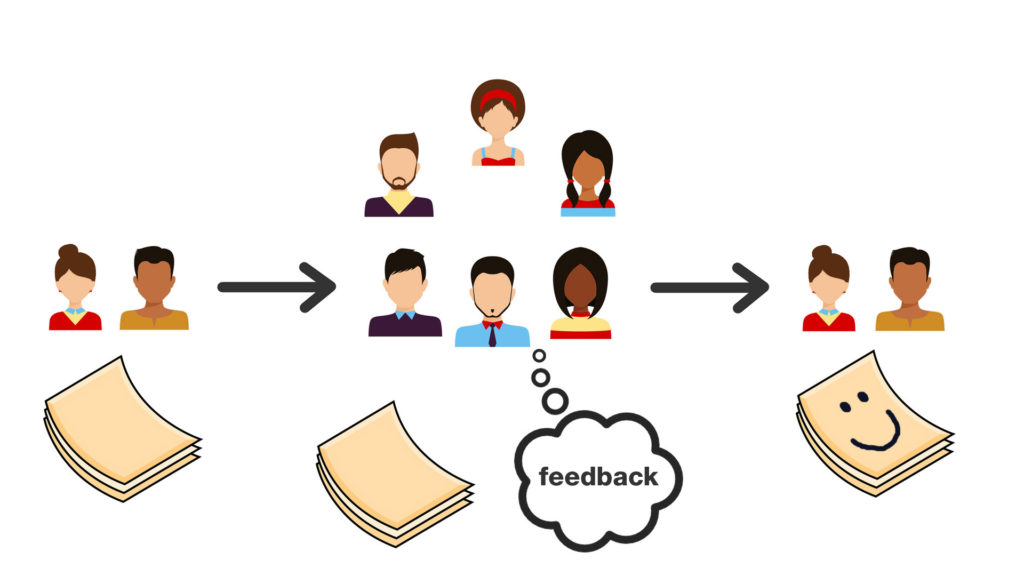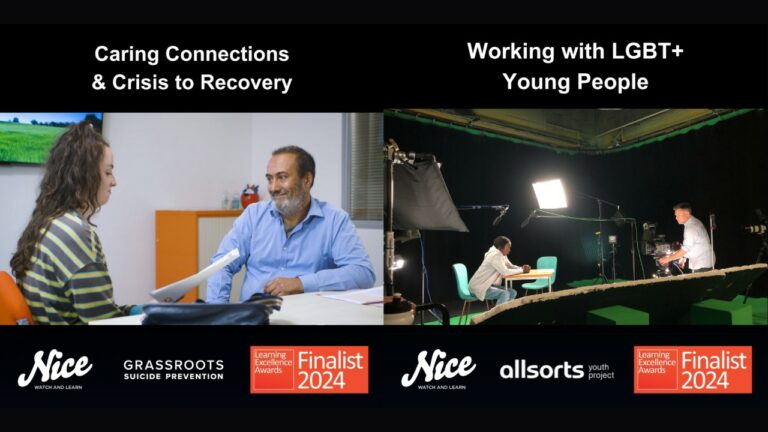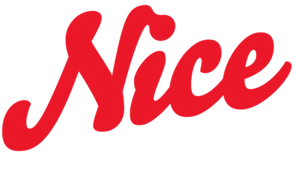Video drama is a powerful tool for engagement and learning in the workplace. But often things go wrong at the script stage. This is a compressed version of a series of articles I wrote for eLearning Age on this subject in which, with the use of purpose-made video clips we demonstrate best practice when producing video drama.
First, watch this 2-minute clip about Bullying in the Workplace. But before you do, you’d better read the brief and the learning points we were working with.
Bullying in the Workplace
Bullying is: ‘negative behaviour being targeted at an individual, or individuals, repeatedly and persistently over time’.
Talk to a colleague, manager, union rep or HR.
Confront the bully.
Key Learning Points
- Bullying acts over time
- Bullying can be subtle.
- If you feel bullied, you are being bullied.
- Hard to say ‘I am being bullied’.
- Be supportive and take it seriously. Encourage further steps.
- Further steps may be to confront the bully or ask for mediation.
Scenario
In this video scene we see the first conversation between two colleagues about bullying. The characters work in a call centre dealing with sales of financial services.
- Did it seem convincing?
- Was it intellectually engaging?
- Was it emotionally engaging?
- Would you be happy if you’d commissioned this?
- How well did it cover the learning objectives?
Most people tell us that it does the job, is well acted and filmed, but somehow it doesn’t seem very convincing. It’s too much like a load of learning points shoved into the mouths of the actors.
Now take a look at this version:
This clip has all the same learning points, but many of them are inferred rather than laboured over. The fact that things are unsaid makes us fill in the gaps with our own interpretations and our own emotional engagement.
The first clip is an example of a clip that might have been produced by the process usually employed for eLearning. Here the script is written by a writer, usually working with a small team, then it goes to a wider group of stakeholders who review it and amend it. These amends are then incorporated directly into the script.
This process is fine for most eLearning, which is focussed around facts and learning points, but is counterproductive for video drama and can often lead to wooden scripts that are quite the opposite of engaging – with learning points being “spouted” by the characters.
The key to a good quality video script process is to have a separate workflow to the eLearning that surrounds it. And the workflow should look something like this:
Here the stakeholders to give advisory feedback, but are guided not to expect that it will be interpreted literally. The writer needs to be given the freedom to interpret the criticisms in a non-literal way. In an artistic way.
For more insight take a look at this short discussion between the director, writer and cast.









